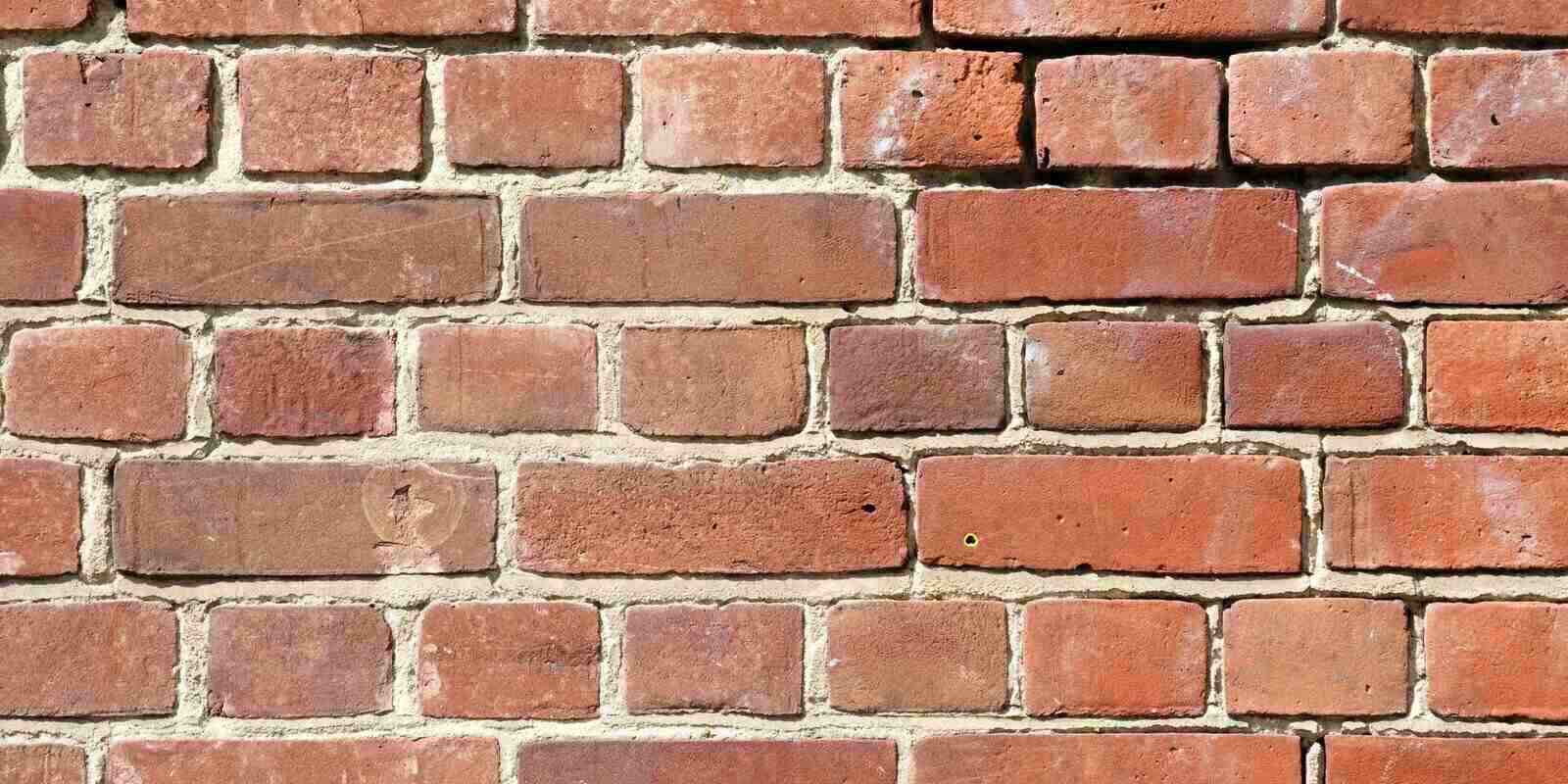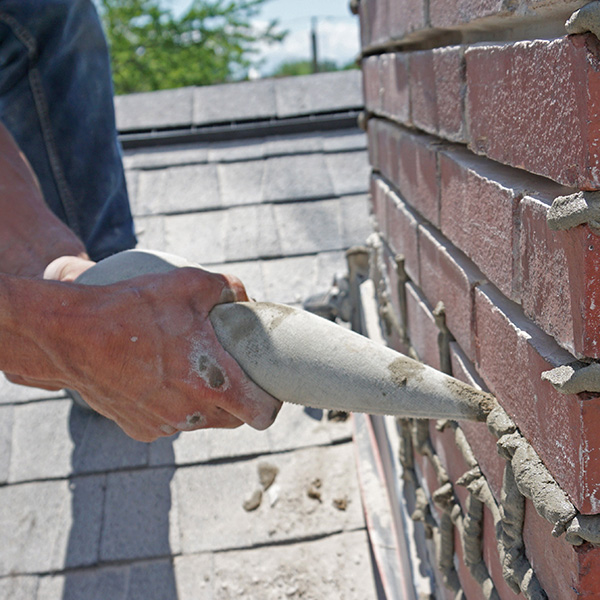Raul's Tuckpointing St. Louis MO: Your Premier Option for Masonry Excellence
Wiki Article
Achieve Impeccable Brickwork Repair With Top-Quality Tuckpointing
When it comes to restoring brickwork, achieving impeccable outcomes calls for a meticulous strategy and top-quality products. Tuckpointing, a technique that includes repairing and recovering mortar joints, plays a crucial role in ensuring the architectural honesty and aesthetic allure of block buildings.Advantages of Tuckpointing
Tuckpointing deals numerous advantages, making it an essential strategy for brickwork repair jobs. Among the key advantages of tuckpointing is its capability to strengthen the architectural stability of brickwork. In time, the mortar joints between blocks can deteriorate as a result of weathering and age, leaving the bricks prone to damages. Tuckpointing entails removing the deteriorated mortar and changing it with fresh mortar, effectively bring back the stamina and security of the brickwork.Another advantage of tuckpointing is its ability to improve the visual appeal of brickwork. As mortar ages, it can end up being tarnished or harmed, interfering with the general look of the bricks. Raul's Tuckpointing St. Louis MO. Tuckpointing enables for the elimination of unsightly mortar and the application of new mortar that matches the color and appearance of the original brickwork, leading to a smooth and visually enticing surface
In addition, tuckpointing assists to stop further damage to brickwork. By replacing shabby mortar, tuckpointing seals the joints in between blocks, preventing water and wetness from leaking in. This helps to safeguard the bricks from damages triggered by cold and thawing cycles, eventually prolonging the life of the brickwork.
Actions Associated With Tuckpointing Refine
Any kind of harmed or deteriorated mortar is carefully gotten rid of utilizing mills or blades. It is essential to remove all loosened mortar to produce a clean and secure base for the brand-new mortar (Raul's Tuckpointing St. Louis MO).
After the elimination of the damaged mortar, the next step is to prepare the mortar mix. The mortar mix ought to be proportioned carefully and blended extensively to make certain uniformity.
As soon as the mortar is prepared, the tuckpointing process begins. The mortar is pressed firmly right into the joint to make sure a safe and secure bond.
After the mortar has actually been applied, excess mortar is thoroughly gotten rid of using a jointing tool or a directing trowel. The final step includes smoothing and forming the mortar to match the bordering brickwork. This is done using a tuckpointing trowel or a jointing tool.
Significance of Experienced Craftsmen in Tuckpointing
Proficient artisans play a critical duty in the tuckpointing procedure, guaranteeing the repair of brickwork is carried out with accuracy and experience. Tuckpointing is a labor-intensive job that involves removing harmed mortar joints and changing them with new mortar. It requires a high level of skill and experience to achieve the desired outcomes.One of the vital reasons knowledgeable artisans are necessary in tuckpointing is their capability to assess the condition of the brickwork accurately. They can determine the level of the damage and determine the proper strategy. This is crucial since every brick framework is special, and the repair process must be tailored to its details demands.
Moreover, competent artisans have the competence to select the appropriate materials for tuckpointing. They comprehend the different kinds of mortar and their compatibility with different brick kinds. This understanding makes sure that the new mortar will certainly bond effectively with the existing blocks, providing resilient toughness and stability to the framework.
Furthermore, proficient artisans have a keen eye for information and can perform the tuckpointing procedure with precision. They can develop clean, straight lines and make certain that the mortar is applied equally and at the proper depth. This focus to detail improves the overall aesthetics of the brickwork and adds to its architectural integrity.
Selecting the Right Materials for Tuckpointing
When picking materials for tuckpointing, it is vital to consider their compatibility with the specific block type and the wanted outcome of the remediation procedure. The materials used in tuckpointing play a vital function in accomplishing flawless brickwork repair. The 2 major materials associated with tuckpointing are mortar and the colored mortar made use of for the attractive component.Different brick types have differing properties, and utilizing the incorrect mortar can lead to poor bond and possible damages to the blocks. It is required to seek advice from with professionals or carry out appropriate research to establish the suitable mortar for the particular brickwork.
Second of all, the tinted mortar utilized for the decorative component needs to be meticulously chosen. The shade ought to match the original mortar as carefully as feasible to keep the aesthetic charm of the brickwork. Furthermore, the tinted mortar should be resistant and durable to weathering, making certain that the recovered brickwork stays undamaged and aesthetically appealing for an extensive period.

Upkeep Tips for Resilient Brickwork Remediation
Correct maintenance is important for making sure the durability of brickwork remediation. After investing time and effort into recovering your brickwork, it is essential to take positive actions to protect its appeal and structural integrity. Below are some upkeep tips to aid you attain durable outcomes.Regular cleaning is fundamental to keeping brickwork. Make use of a soft brush or a pressure washing machine on a low setting to eliminate dust, gunk, and moss that may collect gradually. Stay clear of making use of harsh chemicals that can damage the bricks or mortar.
Inspect your brickwork see here on a regular basis for any type of indicators of damages. Seek splits, loosened bricks, or weakening mortar. Address these problems immediately to stop further damages and potential architectural concerns. Repointing, or applying brand-new mortar in between find the bricks, might be required to maintain the strength and stability of the brickwork.
Safeguard your brickwork from water damage by ensuring proper drainage. Mount gutters and downspouts to draw away water away from the brickwork, protecting against dampness buildup and possible damage. Additionally, take into consideration applying a water-repellent sealant to additional protect the blocks from dampness penetration.
Stay clear of placing heavy objects against the brickwork, as this can trigger stress and possibly cause fracturing or displacement. On a regular basis trim close-by trees or plants to stop roots from becoming the brickwork, which can create damages in time.
Final Thought

Tuckpointing includes getting rid of the deteriorated mortar and changing it with fresh mortar, effectively recovering the toughness and stability of the websites brickwork.
Tuckpointing permits for the removal of undesirable mortar and the application of brand-new mortar that matches the shade and structure of the initial brickwork, resulting in a visually appealing and seamless finish.
After the elimination of the damaged mortar, the following step is to prepare the mortar mix. Tuckpointing is a labor-intensive task that entails eliminating damaged mortar joints and replacing them with brand-new mortar. The two main products entailed in tuckpointing are mortar and the colored mortar utilized for the attractive component.
Report this wiki page